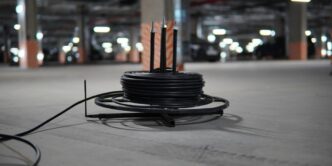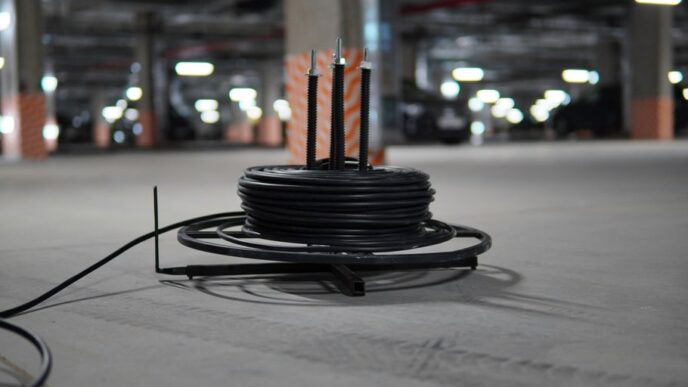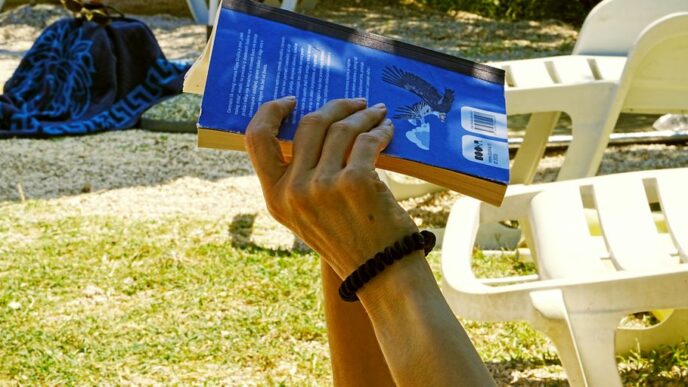Like a fish out of water, a wet phone can leave you feeling helpless and desperate for a solution. But fear not, for there are proven strategies that can help restore your water-damaged device.
From quick responses to effective drying methods, this discussion will equip you with the knowledge you need to salvage your phone from the depths of water damage.
So, grab your towel and let’s dive into the world of phone water damage restoration.
Quick Response Is Key
Act swiftly to minimize water damage by immediately retrieving your phone from liquid and turning it off. Time is of the essence when it comes to dealing with water damage on your phone. The longer the exposure to water, the greater the risk of irreversible damage. By acting quickly, you can significantly increase the chances of successful restoration.
As soon as you retrieve your phone from liquid, the first step is to turn it off. This is crucial to prevent short circuits and further damage to the internal components. Water and electricity don’t mix well, so it’s important to cut off the power source as soon as possible.
In addition to turning off the phone, it’s recommended to remove the battery, SIM card, and microSD card promptly. These components can trap water and prolong the damage. By removing them, you allow the phone to dry more effectively and minimize the risk of corrosion.
After removing the essential components, use a clean towel to wipe off any excess water from the phone’s exterior. Avoid using heat sources such as hair dryers, as they can damage the internal components. Instead, use compressed air to gently blow out any water trapped in crevices.
While these initial steps can help minimize water damage, it’s important to seek professional phone repair services as soon as possible. Professionals have the expertise and tools necessary to thoroughly assess the damage and perform the necessary repairs. Acting swiftly and seeking professional help can greatly increase the chances of restoring your phone to its pre-water damage condition.
Assessing Water Damage
To assess water damage in your phone, look for visual signs of water or corrosion marks at the ports. These marks can indicate that water has entered your device and may have caused damage. Additionally, check the Discolored Liquid Damage Indicator (LDI) in the headphone jack, battery compartment, or SIM tray slot. This indicator is designed to change color when it comes into contact with water, providing a clear sign of water damage.
It is important to avoid using rice or blow-drying methods to address water damage. While these methods may be commonly suggested, they can potentially cause more harm to your phone. Rice can leave behind dust or particles that can further damage the internal components, and blow-drying can lead to heat damage.
Instead, gently swab the area around the speakers with a cotton swab to remove any excess water. Make sure the speakers are facing downward during the drying process to allow any remaining water to drain out. The use of a mild desiccant, such as silica gel packets, can also help absorb moisture from your device.
Acting quickly and following the proper steps is crucial to increasing the chances of saving your phone from water damage. The longer water sits inside your device, the more damage it can cause. If you notice any signs of water damage, it’s best to power off your phone and seek professional assistance or follow a reliable guide to restore your device.
Effective Drying Methods
Consider using silica gel packets or professional drying services to effectively dry a water-damaged phone. Here are three effective drying methods to restore your phone:
- Silica Gel Packets: These small packets contain silica gel, a highly absorbent material that can help remove moisture from your water-damaged phone. Place the phone and the packets in an airtight container for 24 to 48 hours. The silica gel will absorb the moisture, helping to dry out the device.
- Sunlight Drying: If your phone wasn’t submerged for too long, you can try sunlight drying. Find a sunny spot and place the phone there for a maximum of 20 minutes. The heat from the sun will help evaporate the water. However, be cautious not to leave the phone in direct sunlight for too long, as excessive heat can damage the device.
- Professional Drying Services: If you want a more reliable and efficient option, consider using professional drying services. Companies like DryBox and TekDry specialize in drying water-damaged phones. They use vacuum drying under low temperatures to remove moisture without causing further damage to the phone’s components. These services can be a great option, especially if you want to ensure the best possible outcome for your device.
Dealing With Water in Charging Port and Speakers
If you’ve successfully dried your water-damaged phone using the methods mentioned earlier, it’s important to now address the issue of water in the charging port and speakers. Even if the exterior of your phone appears dry, water can still be trapped in these areas, which can lead to long-term damage if not properly addressed.
To remove any excess fluid from the charging port, you can use compressed air or carefully blow into the port. This will help to dislodge any remaining water and promote drying. However, it’s crucial to be gentle and avoid applying too much force, as this can cause further damage.
When it comes to the speakers, gently swab the surrounding area with a cotton swab to absorb any moisture. Make sure to turn off your device and place it upright to encourage water drainage. By doing so, gravity will assist in the removal of water from the charging port and speakers. It’s important to ensure that the speakers face downward during the drying process. This will allow any water present to flow out naturally.
While many people may suggest using rice as a drying method, it isn’t recommended for the charging port and speakers. Rice can easily get stuck in the small openings, making the situation worse. Additionally, rice may not effectively remove all the water, leading to potential corrosion or damage to the phone’s components.
Professional Restoration Services
Professional restoration services offer specialized expertise in effectively dealing with water-damaged phones. When it comes to restoring your phone to normal functionality after water damage, these services are the experts you need. Here are three reasons why professional restoration services are worth considering:
- Specialized tools and techniques: Trained technicians have access to specialized tools and techniques that are specifically designed for water damage restoration. They know how to safely disassemble your phone, clean the internal components, and remove any moisture or corrosion. With their expertise, they can increase the chances of successful restoration.
- Higher chance of successful restoration: While DIY methods may seem tempting, professional restoration services have a higher chance of successfully restoring your water-damaged phone. They have the knowledge and experience to identify and address common issues caused by water damage, such as malfunctioning buttons, unresponsive touchscreens, or damaged circuitry. By trusting the professionals, you can avoid further damage and potentially save your phone.
- Warranties and peace of mind: Many professional restoration services offer warranties on their repairs. This means that if any issues arise after the restoration process, they’ll fix them free of charge. Having a warranty provides peace of mind, knowing that you’re protected in case anything goes wrong. It also shows the confidence the restoration service has in their work.
When choosing a professional restoration service, it’s important to do your research and find a reliable and experienced provider. Look for customer reviews, ask for recommendations, and inquire about their restoration process. By selecting the right service, you can increase the chances of a successful restoration and regain the functionality of your water-damaged phone.
Preventing Future Water Damage
To ensure the longevity of your phone and protect it from future water damage, implementing preventative measures is essential. Here are some proven strategies that will help you safeguard your device:
Investing in a waterproof case or a water-resistant phone model is a smart move. These protective measures can significantly reduce the risk of water exposure and potential damage. With a waterproof case, you can confidently use your phone near water without worry.
Avoid using your phone in environments with high humidity or a risk of water exposure. Steamy bathrooms and rainy weather can pose a threat to your device. Keep it safe and dry by using it in more controlled environments.
Consider using synthetic desiccants like silica gel packets. These small, moisture-absorbing packets can be placed in your phone case or storage area to help prevent water damage. They’re readily available and can be a valuable asset in keeping your phone dry.
Keeping your phone away from water sources is another effective preventative measure. Establish safe zones where water exposure is minimal or nonexistent. This could be as simple as not placing your phone near sinks or bathtubs.
Review your insurance and warranty options for water damage coverage. Accidents happen, and it’s always wise to be prepared. Having the right insurance or warranty in place can save you from unnecessary expenses in the event of water damage.
Conclusion
In conclusion, when dealing with water damage to your phone, it’s crucial to act quickly and follow proven strategies.
Remember to remove the phone from liquid, turn it off, and remove any removable components.
Avoid using rice or blow-drying methods as they can potentially cause more harm. Instead, use compressed air and gently swab the affected areas.
If DIY methods fail, consider seeking professional restoration services.
Just like a life preserver in a stormy sea, these strategies can help save your phone from water damage.













